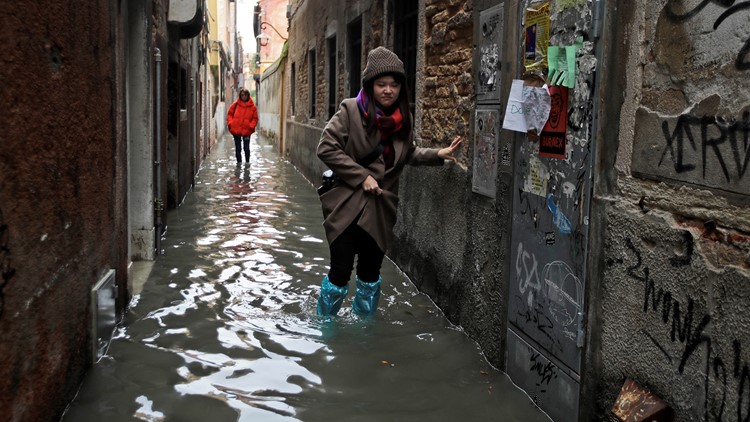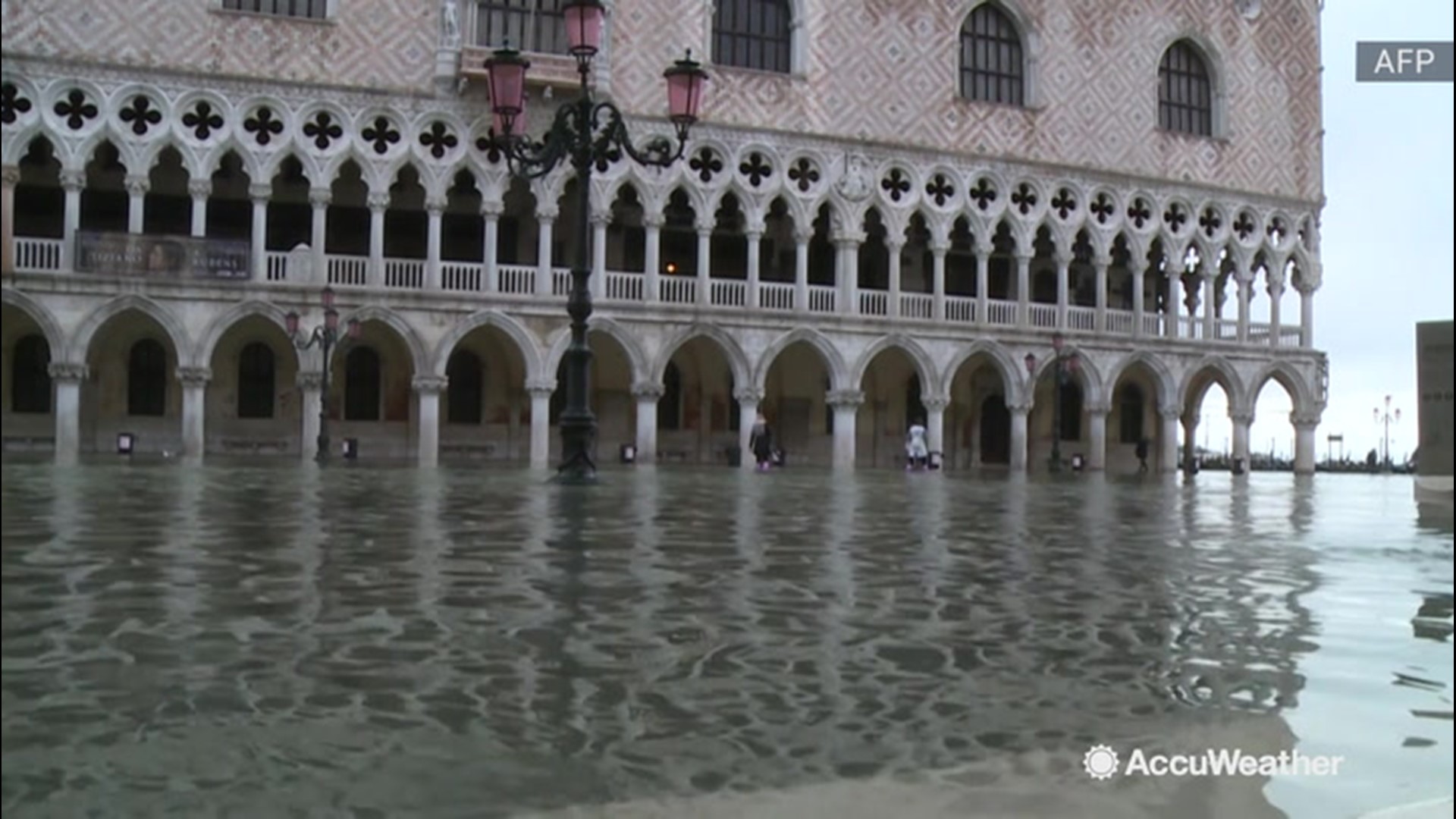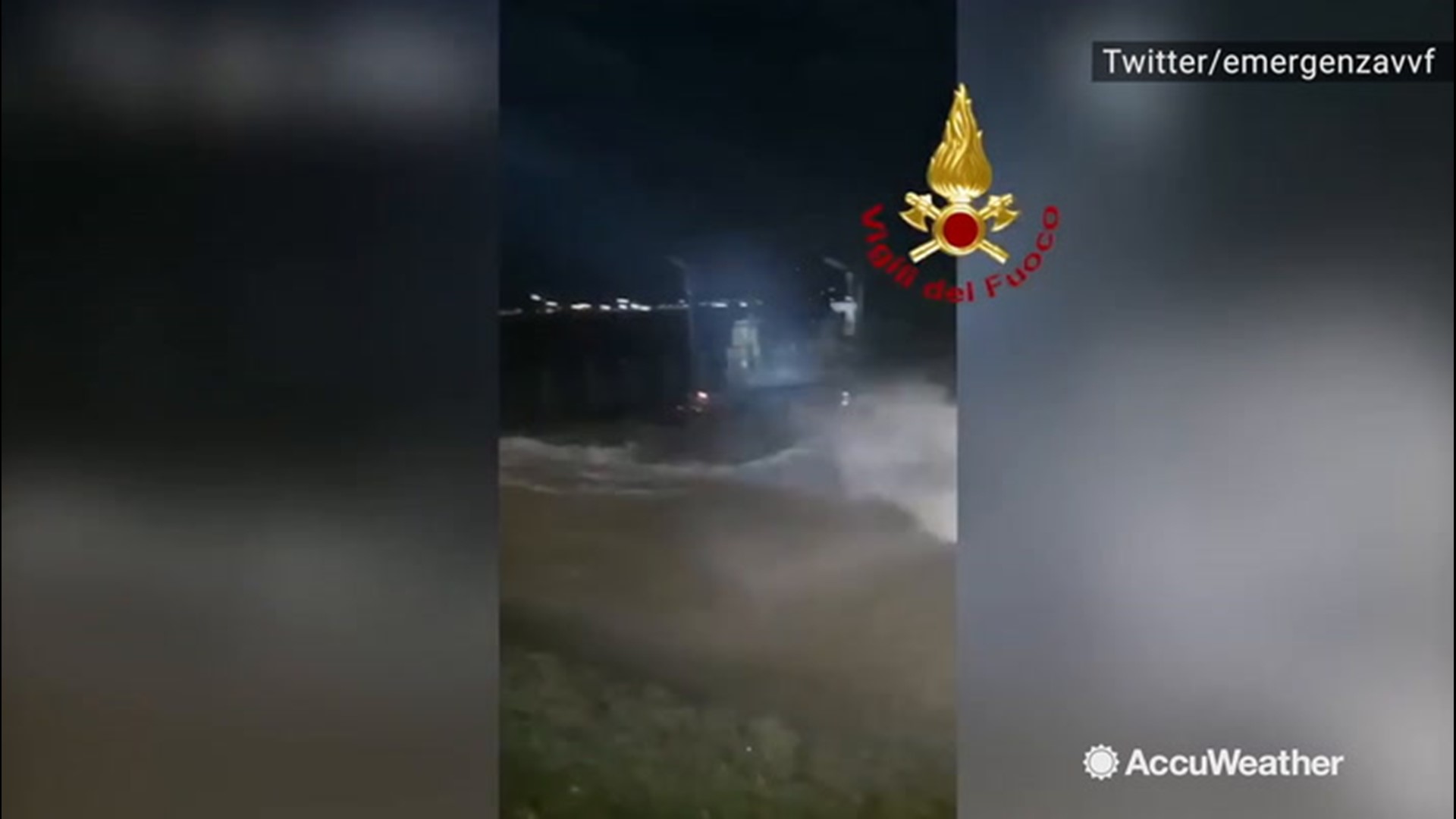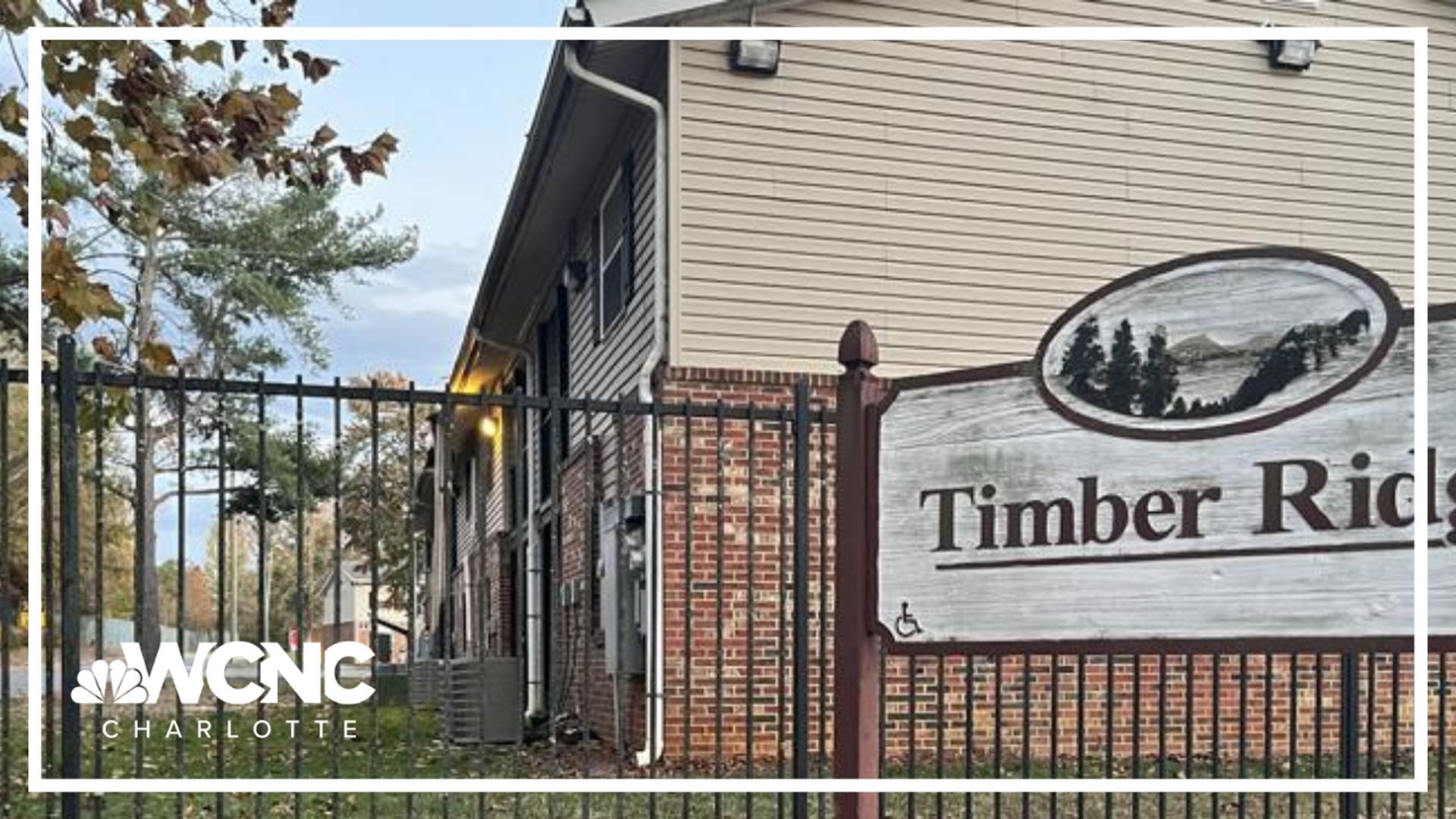VENICE, Italy — Italy's government has declared a state of emergency in flood-ravaged Venice, to help swiftly secure the historic city funds to repair damage from the highest tide in 50 years.
A cabinet meeting on Thursday afternoon approved a special decree including the first measures aimed at helping the city’s recovery.
Venice’s mayor has said the damage is estimated at "hundreds of millions of euros."
Italian Prime Minister Giuseppe Conte described the flooding as "a blow to the heart of our country."
He said a cabinet meeting Thursday afternoon will declare a state of emergency and approve the first measures aimed at helping the city recover.
Conte spent Wednesday night in Venice, where world-famous monuments, homes and businesses were hit hard by the exceptional flooding. The water reached 1.87 meters (6 feet, 1 inch) above sea level Tuesday, the second-highest level ever recorded in the city.
That was just 7 centimeters (2½ inches) lower than the historic 1966 flood. Another wave of exceptionally high water followed Wednesday. The flooding was caused by southerly winds that pushed a high tide, exacerbated by a full moon, into the city.
Rising sea levels because of climate change coupled with Venice’s well-documented sinking make the city built amid a system of canals particularly vulnerable. The sea level in Venice is 10 centimeters (4 inches) higher than it was 50 years ago, according to the city’s tide office.
“Venice is on its knees,’’ Mayor Luigi Brugnaro said on Twitter. “St. Mark’s Basilica has sustained serious damage, like the entire city and its islands.”
One death was blamed on the flooding, on the barrier island of Pellestrina. A man in his 70s was apparently electrocuted when he tried to start a pump in his dwelling, said Danny Carrella, an official on the island of 3,500 inhabitants.
In Venice, the crypt beneath St. Mark’s Basilica was inundated for only the second time in its history. Damage was also reported at the Ca’ Pesaro modern art gallery, where a short circuit set off a fire, and at La Fenice theater, where authorities turned off electricity as a precaution after the control room was flooded.
Italy’s culture minister, Dario Franceschini, said no damage had been reported to art collections in museums throughout the city. Many sites remained closed to tourists, and La Fenice canceled concerts Wednesday and Thursday evening.
Tourists floated suitcases through St. Mark’s Square, where officials removed walkways to prevent them from drifting away. Wooden boards that shop and hotel owners have placed on doors in previous floods couldn’t hold back the water.
The water was so high that nothing less than thigh-high boots afforded protection, and one man was even filmed swimming bare-chested in St. Mark’s Square during what appeared to be the height of the flood.
“I have often seen St. Mark’s Square covered with water,’’ Venice’s patriarch, Monsignor Francesco Moraglia, told reporters. “Yesterday there were waves that seemed to be the seashore.”
Brugnaro said damage would reach hundreds of millions of euros. He called on Rome to declare a state of emergency.
“We are not just talking about calculating the damages, but of the very future of the city’’ Brugnaro told reporters. “Because the population drain also is a result of this.”
He described “untold damages, to houses, shops, activities, not to mention monuments and works of art. We risked our lives as well.”
The flooding was caused by southerly winds that pushed a high tide, exacerbated a full moon, into the city.
Rising sea levels because of climate change coupled with Venice’s well-documented sinking make the city built amid a system of canals particularly vulnerable. The sea level in Venice is 10 centimeters (4 inches) higher than it was 50 years ago, according to the city’s tide office.
Damage included five ferries that serve as water buses, a critical means of transportation. Photos on social media showed taxi boats and gondolas grounded on walkways flanking canals.
Brugnaro blamed climate change for the “dramatic situation” and called for a speedy completion of a long-delayed project to construct offshore barriers.
Called “Moses,” the moveable undersea barriers are meant to limit flooding. But the project, which has been opposed by environmentalists concerned about damaging the delicate lagoon ecosystem, has been delayed by cost overruns and corruption scandals, with no launch date in site.
Luca Zaia, governor of the Veneto region, told SkyTG24 that the barriers were almost complete, but it wasn’t clear if they would work against such flooding.
“Despite 5 billion euros under water, St. Mark’s Square certainly wouldn’t be secure,’’ Zaia said, referring to one of Venice’s lowest points, which floods when there is an inundation of 80 centimeters (2.6 feet).
Zaia also expressed concern about snowfalls in the mountains above Venice, where up to 1.2 meters (4 feet) was expected.
Across the Adriatic Sea, an intense storm with powerful winds caused floods in towns in Croatia and Slovenia.
In the Croatian town of Split, authorities said the flooding submerged the basement area of the Roman-era Diocletian’s Palace, where emergency crews battled to pump out the water.
Hydrographic Institute Croatia said sea levels on Wednesday in Split and Ploce were the highest since 1955, when monitoring started.
___
Colleen Barry reported from Milan. Jovana Gec in Belgrade also contributed.





